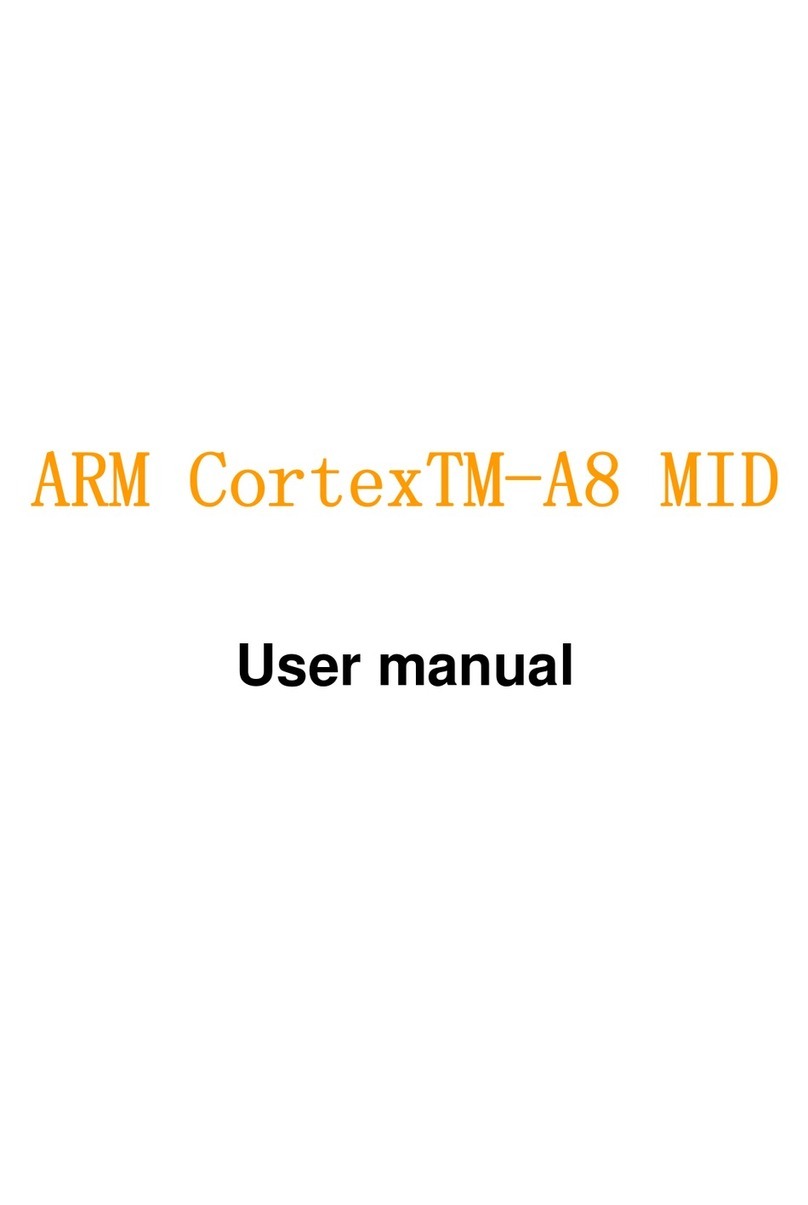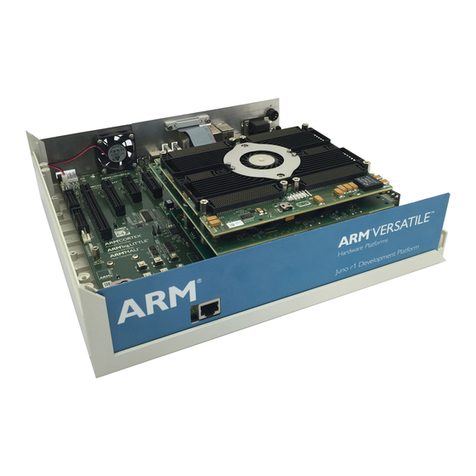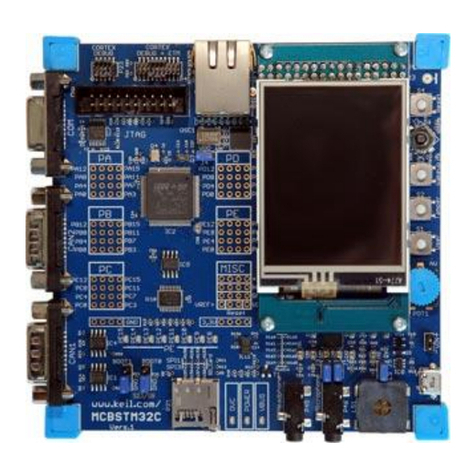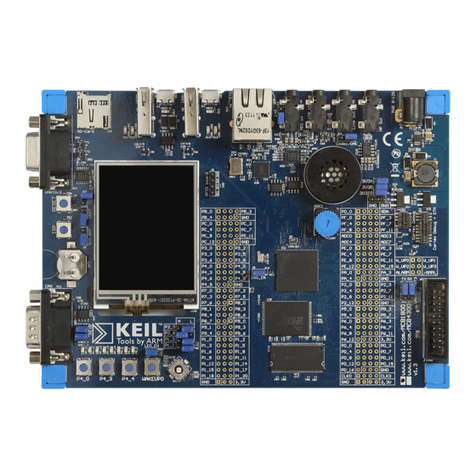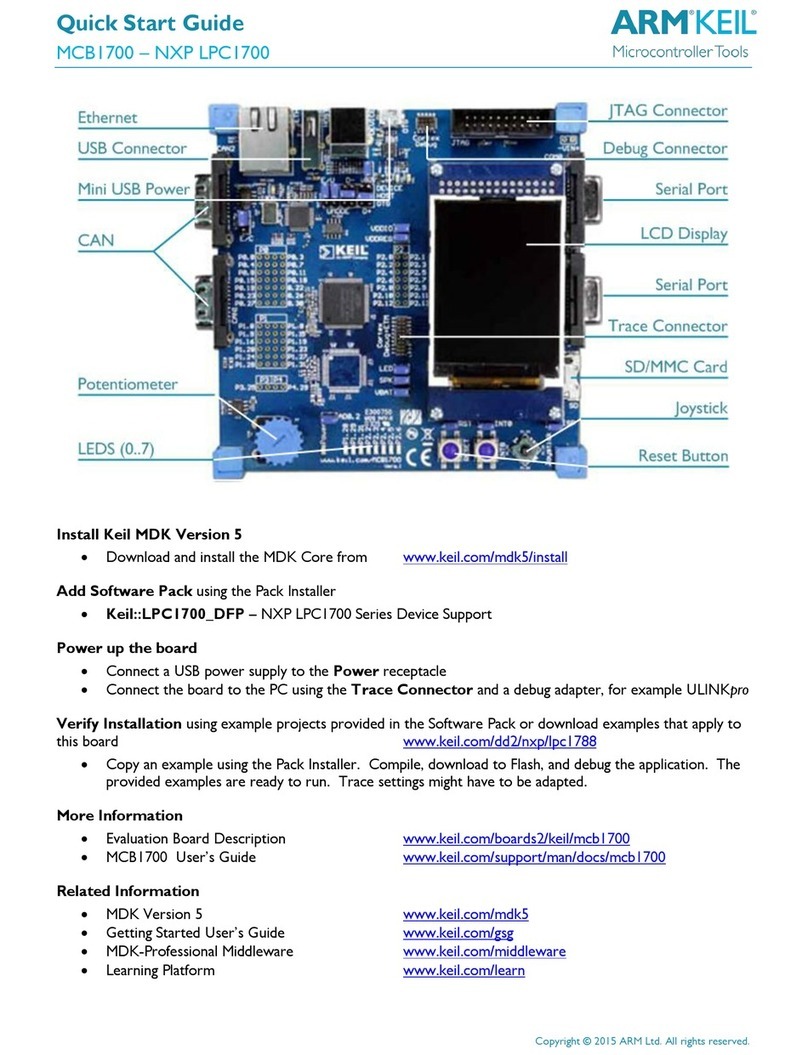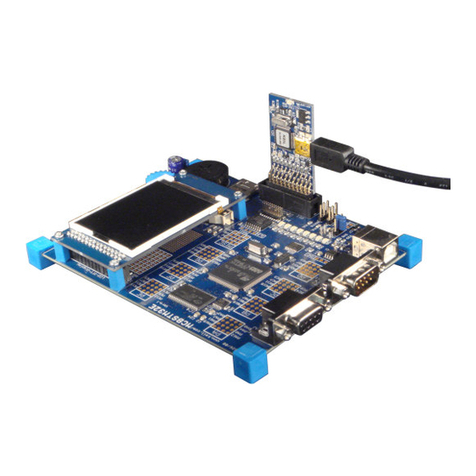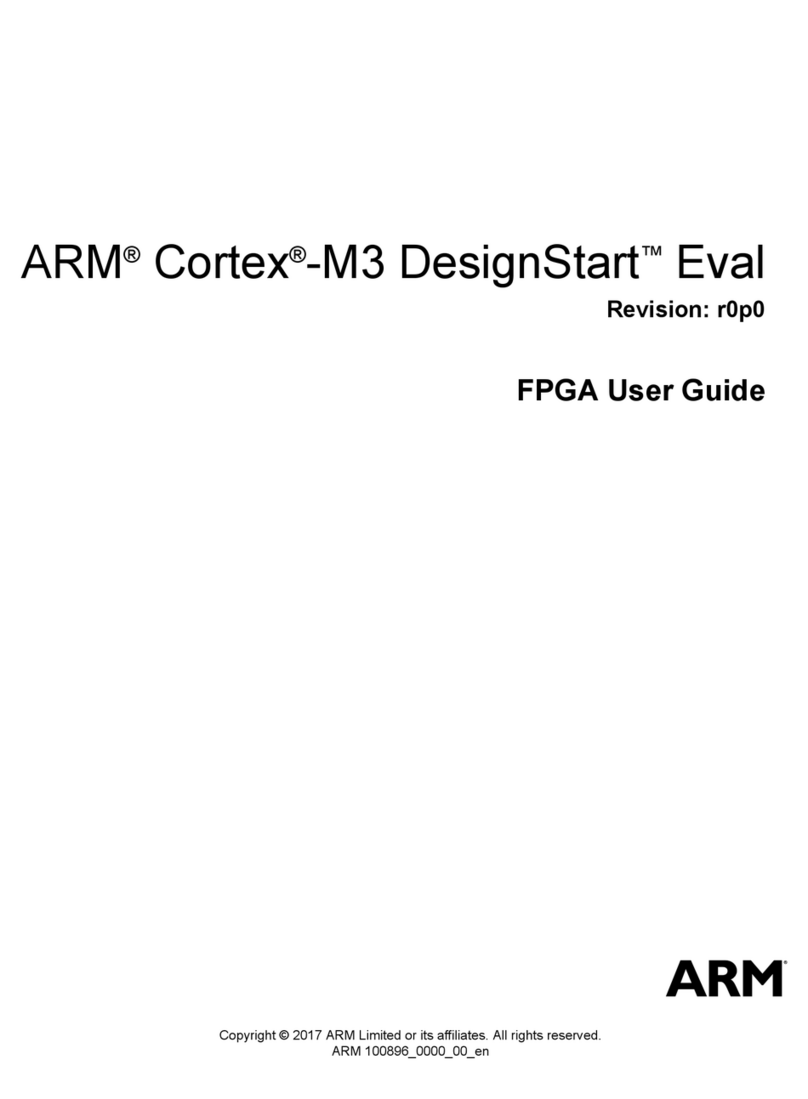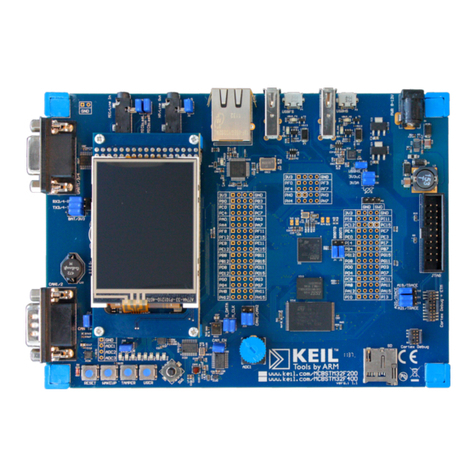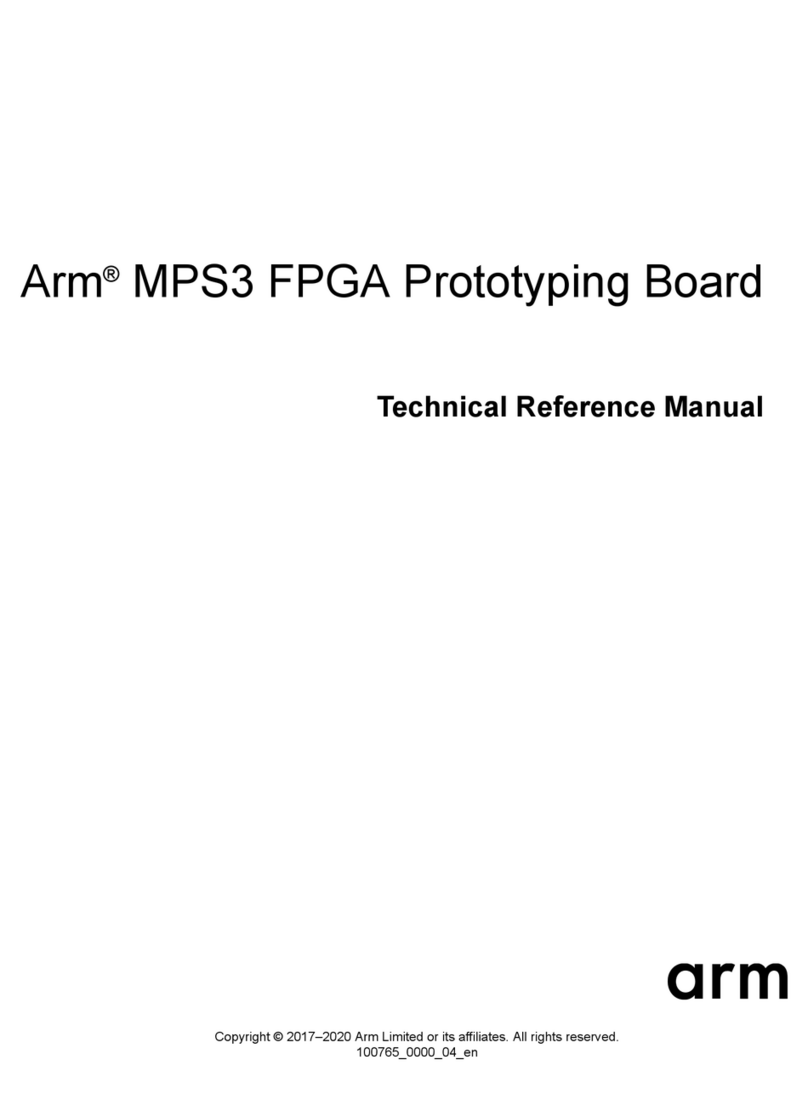
ARM DUI 0447J Copyright © 2009-2014, ARM. All rights reserved. ii
ID052914 Non-Confidential
ARM Motherboard Express µATX
Technical Reference Manual
Copyright © 2009-2014, ARM. All rights reserved.
Release Information
Proprietary Notice
Words and logos marked with ®or ™are registered trademarks or trademarks of ARM in the EU and other countries,
except as otherwise stated below in this proprietary notice. Other brands and names mentioned herein may be the
trademarks of their respective owners.
Neither the whole nor any part of the information contained in, or the product described in, this document may be
adapted or reproduced in any material form except with the prior written permission of the copyright holder.
The product described in this document is subject to continuous developments and improvements. All particulars of the
product and its use contained in this document are given by ARM in good faith. However, all warranties implied or
expressed, including but not limited to implied warranties of merchantability, or fitness for purpose, are excluded.
This document is intended only to assist the reader in the use of the product. ARM shall not be liable for any loss or
damage arising from the use of any information in this document, or any error or omission in such information, or any
incorrect use of the product.
Where the term ARM is used it means “ARM or any of its subsidiaries as appropriate”.
Confidentiality Status
This document is Non-Confidential. The right to use, copy and disclose this document may be subject to license
restrictions in accordance with the terms of the agreement entered into by ARM and the party that ARM delivered this
document to.
Product Status
The information in this document is final, that is for a developed product.
Web Address
http://www.arm.com
Change History
Date Issue Confidentiality Change
27 November 2009 A Non-Confidential First release for V2M-P1
26 March 2010 B Non-Confidential Second release for V2M-P1
27 August 2010 C Non-Confidential Third release for V2M-P1
15 October 2010 D Non-Confidential Fourth release for V2M-P1
28 March 2011 E Non-Confidential Fifth release for V2M-P1
22 June 2012 F Non-Confidential Sixth release for V2M-P1
12 October 2012 G Non-Confidential Seventh release for V2M-P1
31 March 2013 H Non-Confidential Eighth release for V2M-P1
12 August 2013 I Non-Confidential Ninth release for V2M-P1
26 May 2014 J Non-Confidential Tenth release for V2M-P1
